Exploring Life on a 2.15 Billion-Year-Old Exoplanet
Written on
Chapter 1: Astrobiological Speculations
What might life look like on a planet that is 2.15 billion years old? This theoretical inquiry allows us to use our understanding of life's evolution on Earth to ponder the possibilities for life on other celestial bodies. Although this is a purely speculative exercise, it serves as a valuable mental exercise combining our imagination with established facts regarding life's origins, evolution, and distribution on Earth. By applying this knowledge, we can make educated guesses about life beyond our own planet.
The esteemed Professor of Astronomy, Chris Impey, presents this thought experiment in his Coursera course, "Astrobiology: Exploring Other Worlds." Here, a group of astrobiologists examines the potential biological status of a hypothetical planet known as HD-127688, which is imagined to be 2.15 billion years old.
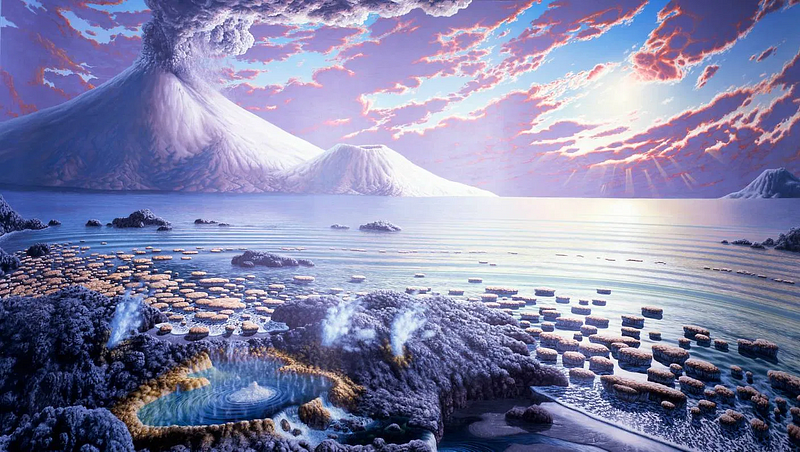
Chapter 2: Evaluating Life's Potential
To assess the possibility of life existing on HD-127688, numerous variables must be taken into account. This exoplanet is situated 26 light-years from Earth, orbiting a K-type star at a distance of 0.8 AU, with an orbital period of 0.72 years. With a mass 1.4 times that of Earth and a radius 1.12 times greater, its density is 5.5 g/cm³, closely mirroring Earth's density of 5.51 g/cm³. While Earth orbits a G-type star at a distance of 1 AU, HD-127688's orbital range places it within its star's habitable zone, which extends from 0.5 to 1.1 AU.

The similarities between HD-127688 and Earth suggest that it may follow a similar chemical and biological evolutionary trajectory. Given that it orbits a K-type star, which can remain stable for approximately 70 billion years, the environment for evolution appears favorable. By using Earth as a benchmark, we can infer the relative stage of biological development for HD-127688 at various ages.
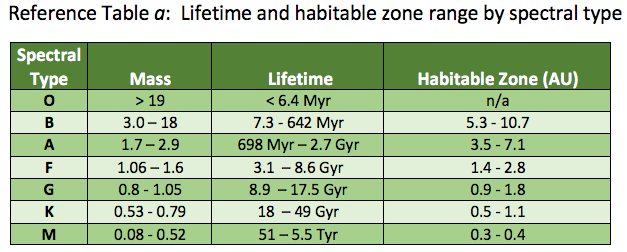
Chapter 3: Proterozoic Conditions on HD-127688
At 2.15 billion years old, HD-127688 would fall within the Proterozoic Eon of Earth's geological timeline, which spans from 2.5 billion to 541 million years ago. This planet may be experiencing a glacial period similar to Earth's Huronian Glaciation. Such glaciation could have arisen due to a significant increase in atmospheric oxygen, produced by simple photosynthetic organisms, potentially akin to cyanobacteria. These organisms might have evolved to utilize chemical energy from sulfur deposits and hydrothermal vents.

As atmospheric oxygen levels rise, greenhouse gases would become diluted, leading to a "snowball" effect, where the planet's surface becomes highly reflective due to ice and snow. This would result in less solar radiation being absorbed, further cooling the planet and perpetuating the cycle. The increase in oxygen could also trigger a mass extinction event for organisms reliant on anaerobic respiration, which produces significantly less energy compared to aerobic respiration.
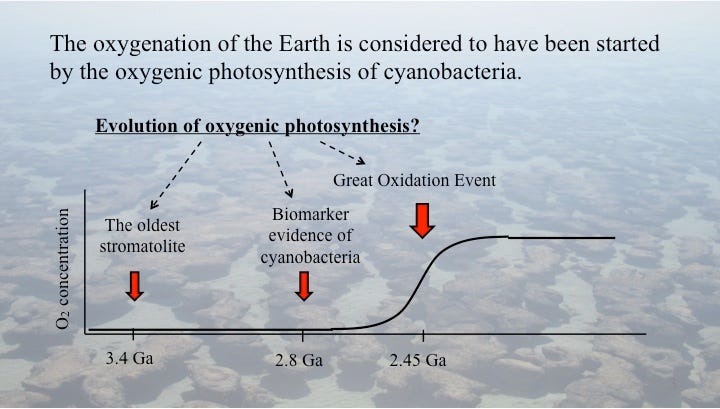
Before this glacial period, anaerobic organisms would have flourished due to volcanic eruptions that enriched the atmosphere with carbon dioxide, carbon monoxide, hydrogen, methane, nitrogen, sulfur dioxide, and water vapor. Underwater volcanic activity would have scrubbed free oxygen from the environment, allowing life to develop in an oxygen-free atmosphere. However, as environmental pressures increase during a Great Oxidation Event, aerobic respiration could emerge, leading to the development of eukaryotic cells that are significantly larger and more complex than their prokaryotic counterparts.
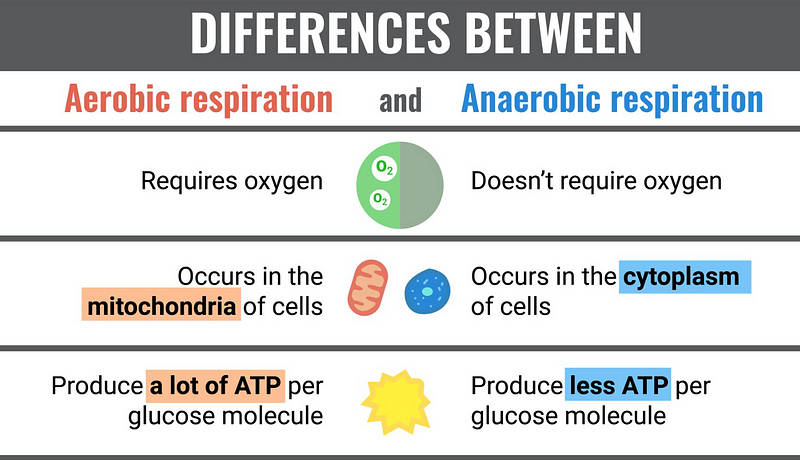
These more advanced organisms would enhance their energy efficiency by being able to break down nearly entire glucose molecules and eventually evolve into multicellular forms. While these organisms would be far more advanced than their anaerobic predecessors, multicellularity would not emerge until 300 million years later, around 2.5 billion years old, when terrestrial volcanic activity rekindles the greenhouse effect and warms the planet. Full multicellular life might not appear until HD-127688 reaches approximately 4 billion years of age.
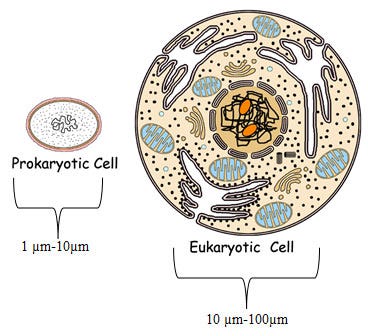
This video delves into the controversial evidence suggesting the existence of complex life on Earth over 2.1 billion years ago.
This video explores the dramatic loss of oxygen on Earth around 2.2 billion years ago and the implications of this event for the evolution of life.